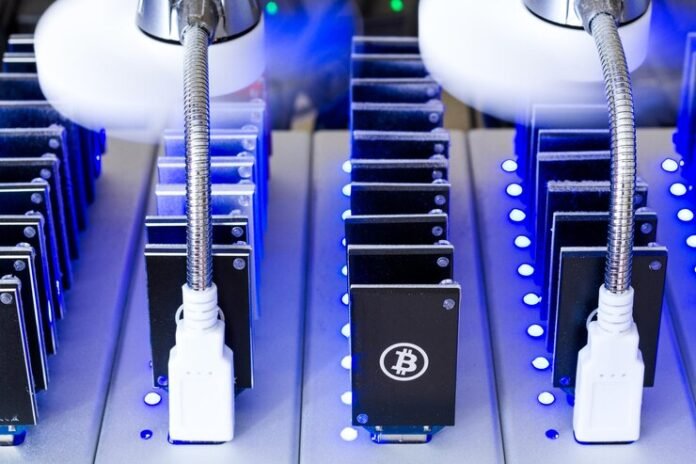Hooking up older hardware like the Fujitsu MAP3367NP hard drive to modern technology can feel like navigating uncharted territory. But for tech enthusiasts, it’s an opportunity to breathe new life into trusty devices and make the most of their capabilities. This guide will walk you through everything you need to know about connecting a Fujitsu MAP3367NP to a USB port. By the end, you’ll have a step-by-step process, troubleshooting tips, and practical uses for your hard drive connection.
Whether you’re a seasoned tech guru or a curious hobbyist, this guide is here to help.
Understanding the Fujitsu MAP3367NP
Before tackling the connection process, it’s important to understand what makes the Fujitsu MAP3367NP hard drive unique.
Overview of the Fujitsu MAP3367NP
The Fujitsu MAP3367NP is a robust SCSI (Small Computer System Interface) hard drive, built for durability and impressive performance. Often found in servers and enterprise settings, this 36.7GB drive was valued for its reliability and efficiency during its peak years.
Key Features and Specifications
- Storage Capacity: 36.7GB
- Interface: Ultra320 SCSI
- Spindle Speed: 10,000 RPM (Revolutions Per Minute)
- Data Transfer Rate: Up to 320MB/s
- Design: Compact and durable
Benefits of Using the Fujitsu MAP3367NP
- Ideal for archival purposes and accessing legacy systems.
- Reliable for large data sets with consistent performance.
- Appeals to enthusiasts looking to repurpose older drives for DIY projects.
The USB Connection
How do you bridge the gap between older SCSI technology and modern USB ports? Understanding the evolution and compatibility of USB is key.
What Is USB Technology?
USB (Universal Serial Bus) is a widely-used interface for connecting devices, offering convenience and compatibility. Over the years, USB technology has evolved significantly, with USB 1.0, 2.0, 3.0, and even newer versions like USB-C becoming the standard.
Types of USB Ports
- USB-A: The traditional rectangular port found on many older computers.
- USB-C: The smaller, reversible connector found in newer devices.
- USB-B (less common): Used for certain peripherals like printers and external devices.
Compatibility with the Fujitsu MAP3367NP
The MAP3367NP is a SCSI hard drive, which means it cannot connect directly to a USB port. However, with the right adapters or converters—like a SCSI-to-USB adapter—you can create a seamless bridge from your hard drive to a modern USB-enabled device.

How to Connect the Fujitsu MAP3367NP to a USB Port
Now that you understand the technology, here are the exact steps to hook up your Fujitsu MAP3367NP to a USB port.
What You’ll Need
- SCSI-to-USB Adapter/Converter: This is the key hardware that allows the SCSI interface to communicate through USB.
- Power Supply Adapter (optional): Many SCSI drives like the MAP3367NP require external power.
- USB Cable and Computer with a USB port available.
Step-by-Step Guide
Step 1: Gather Your Equipment
Ensure you have all the necessary components, including the SCSI-to-USB adapter, cables, and power supply (if required).
Step 2: Connect the SCSI Adapter to the MAP3367NP
Attach the adapter to the SCSI port on the hard drive. The connector should fit snugly without forcing it.
Step 3: Provide Power to the Hard Drive
If the MAP3367NP requires external power, plug it into an appropriate power adapter or outlet.
Step 4: Plug the USB Cable into Your Computer
Connect the USB end of the adapter to a USB port on your computer.
Step 5: Configure the Hard Drive
Once the connection is established, your computer may prompt you to install drivers for the SCSI interface. Follow the on-screen instructions, or download drivers from the adapter manufacturer’s website if needed.
Step 6: Access Your Hard Drive
Once everything is set up, the hard drive should appear as a connected device on your computer. You’re ready to start using it!
Tips for a Secure and Stable Connection
- Ensure all cables are properly connected and not loose.
- Place the hard drive on a stable surface to minimize vibrations.
- Use high-quality adapters to avoid performance or compatibility issues.
Troubleshooting Common Issues
Encountering obstacles? Don’t worry, here are some solutions to common problems.
- The drive isn’t recognized by my computer: Check all connections and ensure drivers are installed correctly. Restart your computer to refresh connections.
- The SCSI-to-USB adapter isn’t working: Test the adapter on another computer to determine if it’s faulty.
- The drive is making clicking noises: This could indicate drive failure—avoid using it further to prevent data loss.
Maximizing the Connection
Once you’ve successfully connected your drive, there are endless possibilities for its use.
Practical Applications
- Data Recovery: Retrieve valuable data from old systems.
- Media Storage: Use the MAP3367NP to house a personal collection of media files.
- DIY Server Enhancements: Incorporate it into a custom-built server for nostalgic purposes.
Advantages of USB Connectivity
- Portability and convenience when paired with modern systems.
- Versatility in connecting the drive to a variety of devices.
- Simplified backups and data transfer for older data sets.
Unlock the Potential of Your Fujitsu MAP3367NP
Reconnecting legacy hardware like the Fujitsu MAP3367NP to modern systems may seem daunting at first, but it’s more accessible than you think. With the right tools, adapters, and knowledge, you can bridge the gap between yesterday’s technology and today’s convenience.
By following this guide, you’ve taken one step closer to becoming a tech enthusiast who knows how to make the most of their gear. Share this guide with fellow tech lovers, or drop your questions in the comments below


